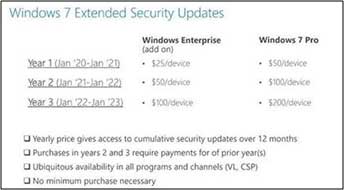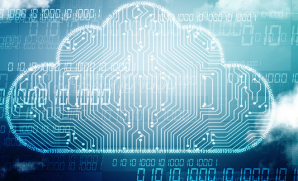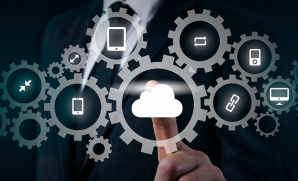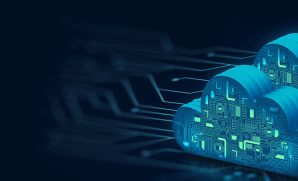Cost-effective management of IT modernization
Publish Date: October 24, 2019Here is why you cannot afford to stay with legacy EoS/EoL applications, systems, and platforms
The Windows 2008 R2 and SQL Server 2008 end-of-lifecycle support deadlines are just around the corner. Several businesses and enterprises are already working on migrations to the cloud.
As 40% of existing on-premise Windows workloads are still running Windows 2008 or older[2].some organizations may extend support for some of their systems that they cannot migrate before the end of the lifecycle date. Unless businesses still running legacy systems opt for the Extended Security Updates or ESUs (which come at a cost), they will be at risk of being faced with rising maintenance costs of aging hardware/software – which ends up being more than the price of migrating to the cloud
It is, therefore, critical to appreciate the costs associated with legacy systems, the risks associated with not modernizing your IT infrastructure, and the advantages of migrating your data/workload to a cloud environment.
The challenges of obsolescence // Hidden costs of legacy technology
In the least, if a business relies on unsuitable or outdated technology, it will risk ending up as a laggard among competitors. Companies with old IT systems and tools cannot compete successfully for talent or innovation. Add to that, the cost of operating these systems continues to grow on an unsustainable trajectory and also limits the capability to deliver quality service.
Take the IRS, for instance. The department spends more than $2 billion per year to keep its IT infrastructure in fine fettle, but if current trends continue, it expects the costs to exponentially grow to upwards of $3 billion by fiscal 2026 . Layering and patching of new business applications over the years have ended up in a complex IT infrastructure that limits the ability of the department to keep up with the increased workload.
In the case of the EOS/EOL deadline, the cost of the Extended Security Updates services will also increase, as seen in the pricing chart below:

Image Credit – ZDNet
The top reasons business leaders cite as their motivation to modernize their IT on the cloud are – fewer operations resources and reduced hardware/software costs. Growing legacy costs, however, is just one of the examples of threats to the business. Here are a few more challenges:
- Hours of support: After the EOS/EOL deadline ends, businesses would need external support of experts to keep up the legacy systems, as Microsoft would not be doing so anymore. The cost associated with IT consultants, especially for outdated systems, can soar high.
- IT downtime: Everyday IT management issues make 100% availability hard to achieve as upgrades, system crashes, overloads, and other common hitches are a business downtime reality. With legacy systems, the problems can only increase.
- Data regulations and compliance fines: By the time EOS hits, your IT system may fail to comply with GDPR or other evolving regulatory standards around privacy and protection. Doing so can lead to penalties, business complications, and worse, loss of customer trust and reputation.
- Cyber threats: One of the top threats to legacy infrastructure is cybersecurity. Without the security patches from Microsoft, no one is keeping the system compliant with the latest security updates. Again, cybersecurity experts will have to enter the picture with associated costs.
The cost of managing your workload on the existing Windows Server will be higher than the cost of moving to the cloud. There are several advantages of modernizing your IT on the cloud too.
Maximize your ROI – The opportunities and advantages of IT modernization
Cloud computing offers tremendous cost savings over on-premises infrastructure and allows organizations to shift their IT expenditure from CapEx (capital expenditure) to OpEx (operational expenditure). Business leaders can have greater visibility into the accurate cost of each critical application while avoiding expenses towards shared infrastructure.
Microsoft has recommended for the existing users to move to Azure because it not only allows for new scenarios, which were previously impossible and expensive to deliver in the same application but also ensures compliance with the relevant industry certifications (such as PCI, ISO, GDPR, and HIPA) from Microsoft itself. The reduced cost of moving from CapEx to OpEx can dramatically lower the cost of innovation, enabling a ‘fail-fast and learn faster’ innovative culture as well as quicker go-to-market.
Add to that the multitude of pay-as-you-go tools for analytics, business intelligence, visualization, and collaboration. Embracing the cloud does not merely become the cheapest, fastest, and most straightforward option to drive digital transformation – it becomes the only option.
Do you have more questions regarding the costs related to the looming Windows end-of-service (EOS) deadline? Feel free to share your concerns or thoughts by contacting us.
Accelerate your Cloud Journey with YASH Get in touch with our team of experts today!



















